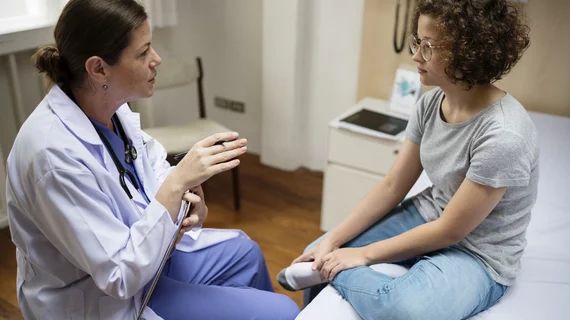CDC reviewing cases of heart damage in young adults after COVID-19 vaccination
The CDC has announced that it is investigating multiple reports of myocarditis among individuals who have received a COVID-19 vaccination.
No exact numbers are available at this time, but the cases have been “predominantly” found in adolescents and young adults, according to a new update from the agency’s Advisory Committee on Immunization Practices (ACIP) COVID-19 Vaccine Safety Technical (VaST) work group. These cases of myocarditis are also more likely to be reported in men than in women, and they occur after the second dose of the Pfizer-BioNTech or Moderna vaccine more frequently than after the first dose.
“Most cases appear to be mild, and follow-up of cases is ongoing,” the ACIP said on its website. “Within CDC safety monitoring systems, rates of myocarditis reports in the window following COVID-19 vaccination have not differed from expected baseline rates. However, VaST members felt that information about reports of myocarditis should be communicated to providers.”
In the wake of this news, the American Heart Association issued a statement emphasizing that everyone should still be vaccinated as soon as possible.
“The benefits of COVID-19 vaccination enormously outweigh the rare, possible risk of heart-related complications, including inflammation of the heart muscle, or myocarditis,” according to the AHA statement. “The American Heart Association/American Stroke Association, a global force for longer, healthier lives, urges all adults and children ages 12 and older in the U.S. to receive a COVID vaccine as soon as they can.”

